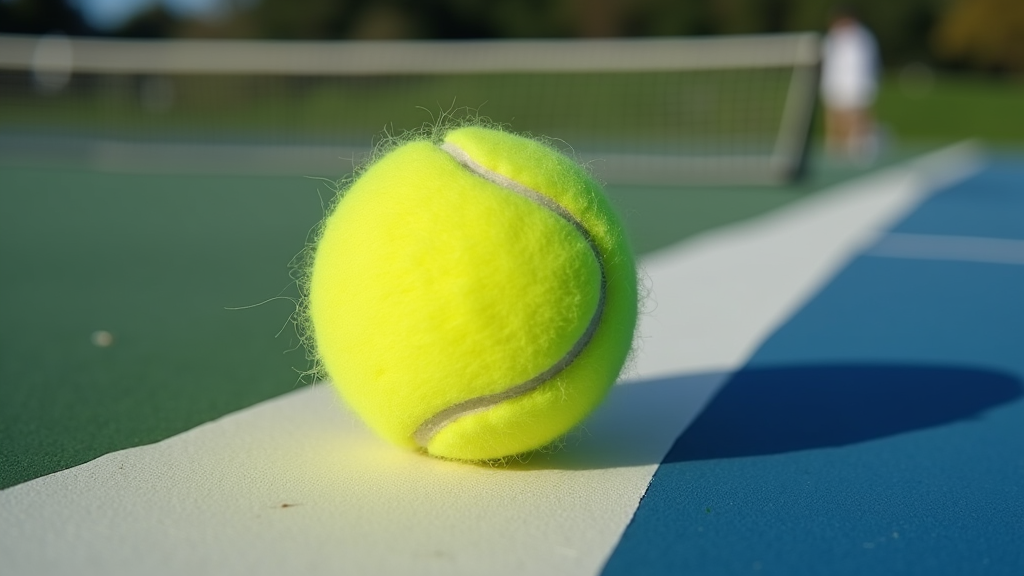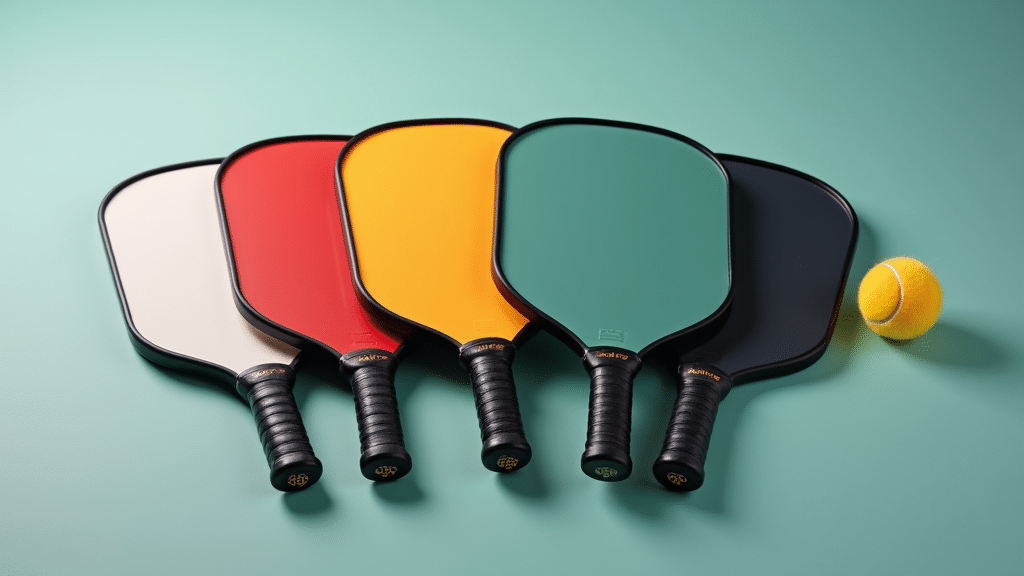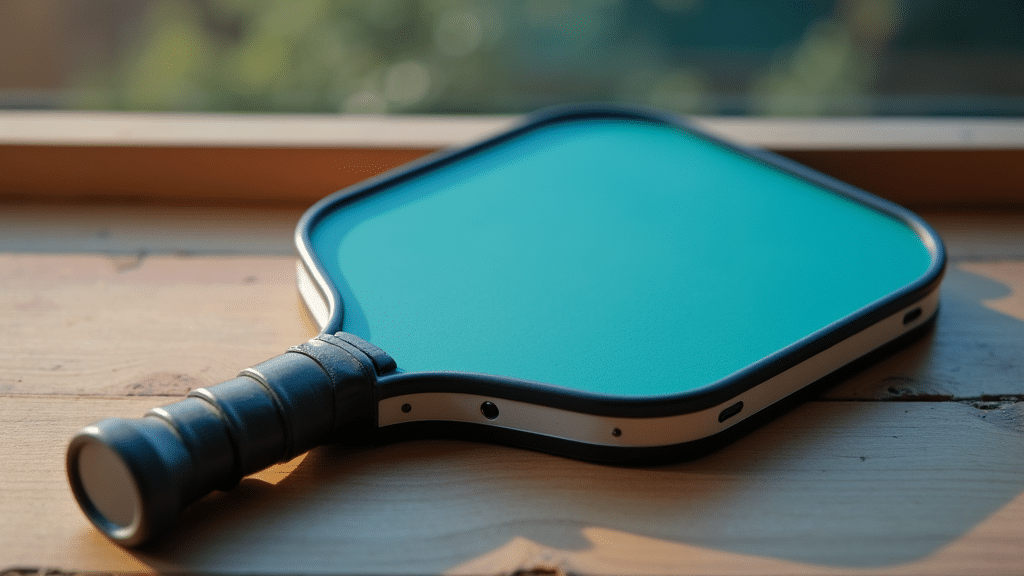Table of Contents
Introduction
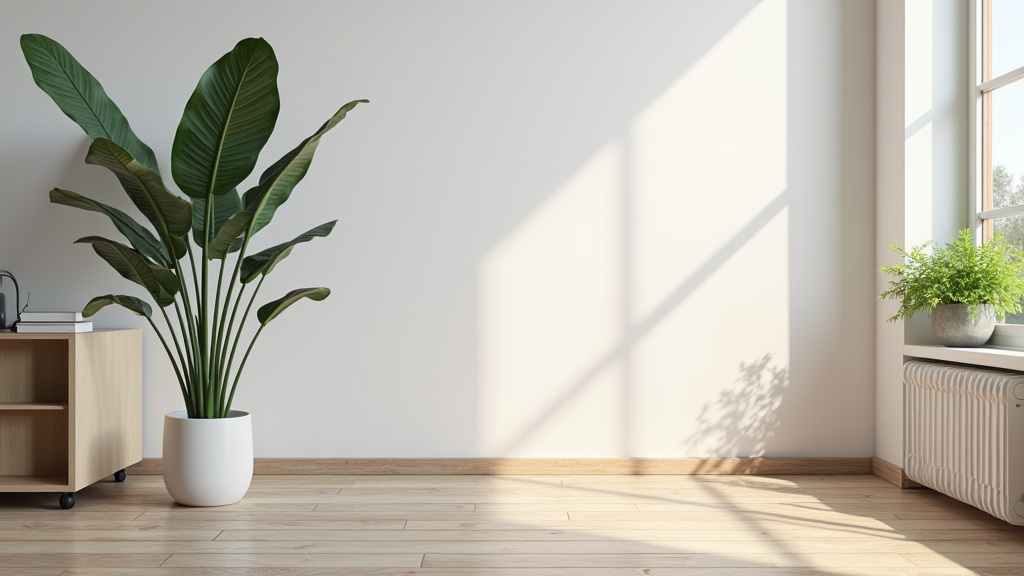
Overview and Importance
Pickleball, a sport rapidly gaining popularity, demands attention to detail, and one of the most crucial aspects is the pickleball itself. The ball you choose significantly impacts your gameplay experience, influencing everything from the speed of your shots to the consistency of the bounce. Selecting the right ball can be the difference between a frustrating afternoon and a thrilling victory.
The characteristics of a pickleball directly affect its performance. Factors such as weight, size, the number and arrangement of holes, and the material composition all contribute to its bounce, speed, and overall durability. A ball that’s too soft might lack the power needed for outdoor play, while a ball that’s too hard could be unforgiving on indoor surfaces. Understanding these nuances is essential for optimizing your game.
For competitive play, particularly in tournaments, adhering to USAPA (USA Pickleball Association) standards is paramount. USAPA-approved balls ensure a level playing field, guaranteeing that all participants are using equipment that meets specific performance criteria. For instance, the diameter of an approved pickleball is precisely 73mm. This standardization ensures fairness and consistency across all sanctioned events.
Ultimately, selecting the correct pickleball enhances both your performance and your enjoyment of the game. It allows you to play to your strengths, adapt to different playing conditions, and fully appreciate the strategic depth that pickleball offers.
Background
To truly appreciate the significance of pickleball ball selection, it’s helpful to understand the sport’s origins. Pickleball was invented in 1965 on Bainbridge Island, Washington, by Joel Pritchard, Bill Bell, and Barney McCallum. Initially conceived as a backyard pastime, it quickly evolved into a sport with its own unique equipment needs.
In the early days, pickleball balls were likely adapted from other sports, perhaps resembling perforated plastic balls used for Wiffle ball or other similar games. These early iterations served their purpose, but lacked the specific performance characteristics needed for a more refined game.
Over the years, significant advancements have been made in pickleball ball technology. Modern balls are now constructed using sophisticated plastic polymers, carefully engineered to provide optimal bounce, durability, and flight characteristics. The design and number of holes have also been refined to control the ball’s speed and trajectory.
This evolution has led to the development of specialized balls tailored for specific playing environments. Today, you’ll find distinct indoor and outdoor pickleball balls, each designed to perform optimally on their respective surfaces. This specialization reflects the growing sophistication of the sport and the increasing demand for high-performance equipment.
What You’ll Learn
In this guide, we’ll delve into the core concepts surrounding pickleball ball selection, equipping you with the knowledge you need to make informed decisions. We’ll explore the fundamental differences between indoor and outdoor pickleball balls, examining how their construction and design impact their performance.
You’ll gain practical insights into selecting the best ball for your specific playing environment and style. Whether you prefer the controlled pace of indoor play or the dynamic challenges of outdoor matches, we’ll help you choose a ball that complements your strengths and enhances your overall game.
Finally, we’ll provide a comprehensive overview of USAPA specifications for tournament play. Understanding these regulations is crucial for anyone participating in competitive events, ensuring that you’re using equipment that meets the required standards and allows you to compete fairly.
Understanding the Basics
Fundamental Concepts
Before diving into the nuances of pickleball selection, it’s crucial to grasp the fundamental concepts that define a pickleball. Understanding these basics will empower you to make informed decisions and choose the right ball for your playing style and environment.
- Key definitions:
- Bounce:The height a ball rebounds when dropped from a specified height. This is a critical factor in gameplay, affecting reaction time and shot execution.
- Durability:The ball’s ability to withstand repeated impacts and abrasion without cracking or losing its shape. Durability is especially important for outdoor play where surfaces can be rougher.
- Visibility:How easily the ball can be seen against various backgrounds and lighting conditions. High visibility is essential for tracking the ball and reacting quickly.
Beyond definitions, several core principles govern pickleball design and performance.
- Core principles:
- Outdoor balls are engineered with smaller holes and a heavier weight to resist wind interference and maintain a stable flight path.
- Indoor balls prioritize consistent bounce and control, featuring larger holes and a lighter weight for optimal performance on smooth, indoor surfaces.
- USAPA (USA Pickleball Association) approval signifies that a ball meets specific standards for weight, size, bounce, and durability, making it suitable for sanctioned tournament play.
Essential Components
A pickleball, despite its simple appearance, is a carefully engineered piece of equipment. Several essential components contribute to its performance and playability.
- Required elements:
- Durable plastic construction is a must. Pickleballs are typically made from molded plastic to withstand the rigors of the game.
- A specific number and size of holes are crucial. The number and diameter of the holes directly impact the ball’s aerodynamics and flight characteristics.
- Consistent weight and bounce are essential for fair play. Regulations dictate specific weight and bounce ranges to ensure uniformity.
When selecting a pickleball, consider these key features:
- Key features to consider:
- Primary aspects:
- Secondary aspects:
- Material: The type of plastic used significantly affects durability and feel. Common materials include bonded plastic and poly blends, each offering different levels of resilience and responsiveness.
- Hole Design: The number and arrangement of holes influence aerodynamics and flight stability. More holes generally result in a softer flight and less wind resistance.
- Color: Bright, contrasting colors enhance visibility, especially in varying lighting conditions. Yellow and orange are popular choices for their high visibility.
- Seam Construction: Seamless balls offer a more consistent bounce and are generally more durable than seamed balls.
- UV Resistance: For outdoor balls, UV resistance is important to prevent sun damage and prolong the ball’s lifespan.
- Price: Cost-effectiveness should be considered relative to performance and durability. While some premium balls offer superior performance, more affordable options may suffice for recreational play.
Understanding the important variations between pickleballs is also essential. These differences cater to specific playing environments and preferences.
- Important variations:
- Indoor balls typically have larger holes and a lighter weight to provide optimal bounce and control on smooth indoor surfaces.
- Outdoor balls feature smaller holes and a heavier weight to combat wind resistance and maintain a stable flight path in outdoor conditions.
- Tournament-approved balls meet the stringent specifications set by the USAPA, ensuring fair and consistent play in sanctioned events. These balls are rigorously tested for weight, size, bounce, and durability.
Detailed Guide
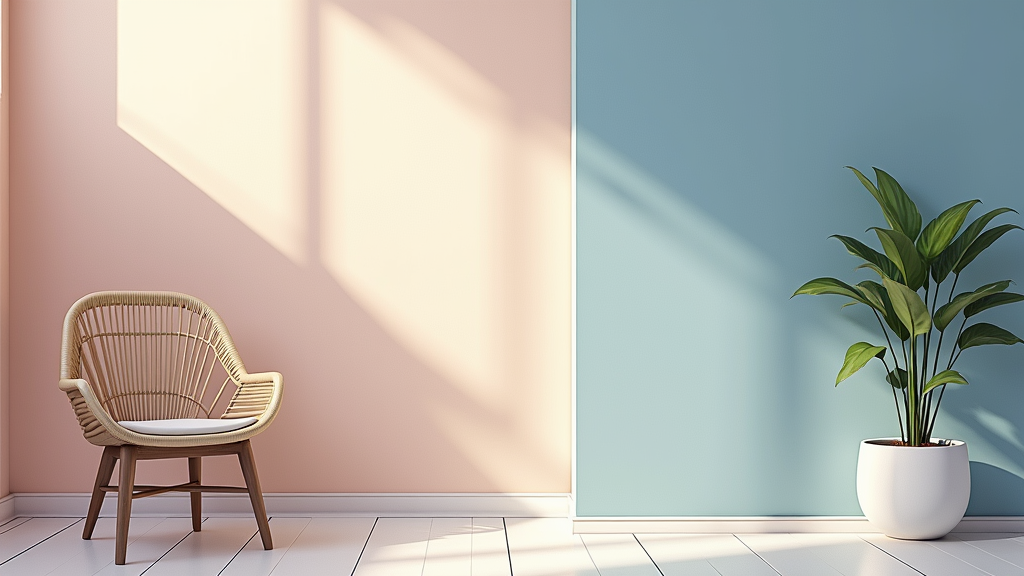
Preparation
Before diving into a game of pickleball, proper preparation of your equipment, particularly the pickleball itself, is crucial for an optimal playing experience. This involves selecting the right ball, inspecting its condition, and understanding how various factors can impact its performance.
- Required materials:
- Pickleball balls (indoor or outdoor depending on location).
- Measuring tape (for bounce height testing).
- Scale (for weight verification).
Having these materials on hand ensures you can accurately assess the ball’s quality and suitability for play.
- Initial setup:
- Inspect balls for any defects (cracks, misshapen).
- Test bounce height by dropping from 78 inches (target: 30-34 inches).
- Weigh the ball to ensure it is approximately 22 grams.
Start by thoroughly inspecting each ball. Look for any visible cracks, deformities, or inconsistencies in the plastic. Next, conduct a bounce test: drop the ball from a height of 78 inches. A good pickleball should bounce between 30 and 34 inches. Finally, use a scale to weigh the ball; it should be around 22 grams. These initial checks will help you identify any balls that are not up to par.
- Important considerations:
- Playing surface (affects ball wear).
- Weather conditions (wind affects outdoor balls).
- Player skill level (beginners may prefer slower balls).
Keep in mind that the playing surface, weather conditions, and player skill level can all influence the ball’s performance and longevity. Rough surfaces can cause balls to wear down more quickly, while wind can significantly affect the trajectory of outdoor balls. Beginners might find slower balls easier to control, allowing them to develop their skills more effectively.
Step-by-Step Process
Choosing and maintaining your pickleball is a simple process, but following these steps will ensure you get the best possible performance and extend the life of your equipment.
- Clear instructions:
First, always determine whether you’ll be playing indoors or outdoors, as this dictates the type of ball you should use. Before each game, give the ball a quick inspection. During play, pay attention to how the ball is performing – is the bounce consistent? Is it maintaining its speed? If you notice any significant degradation in performance or any damage, it’s time to swap it out.
- Best practices:
- Use bright-colored balls for better visibility.
- Store balls in a cool, dry place to prolong their lifespan.
- Rotate balls regularly to ensure even wear.
For better visibility, especially in varying lighting conditions, opt for bright-colored balls. Proper storage is also key; keep your pickleballs in a cool, dry place to prevent them from becoming brittle or deformed. Rotating your balls regularly will help ensure even wear and tear, prolonging their overall lifespan.
- Common mistakes to avoid:
- Using indoor balls outdoors (premature wear).
- Using damaged balls (inconsistent performance, potential injury).
- Ignoring USAPA specifications in tournaments (disqualification).
One of the most common mistakes is using indoor balls for outdoor play. Indoor balls are softer and will wear down very quickly on rough outdoor surfaces. Avoid using damaged balls, as they can lead to inconsistent performance and potentially cause injury. Finally, if you’re playing in a tournament, make sure your balls meet the USAPA specifications to avoid disqualification.
Advanced Techniques
For players looking to take their game to the next level, understanding the nuances of pickleball selection and maintenance can provide a competitive edge.
- Expert tips:
- Consider the “feel” of the ball – some players prefer a softer or harder feel.
- Experiment with different brands and models to find your preferred ball.
- Pay attention to ball compression – a slightly compressed ball may offer better control.
Experienced players often develop a preference for the “feel” of a particular ball. Some prefer a softer feel for better control, while others prefer a harder feel for more power. Don’t be afraid to experiment with different brands and models to find the ball that best suits your playing style. Also, pay attention to ball compression; a slightly compressed ball can sometimes offer enhanced control.
- Optimization methods:
- Conditioning new indoor balls (some players “break in” balls for optimal performance, though Gamma Photon states no conditioning needed).
- Washing dirty balls to maintain visibility and grip.
- Using a ball retriever to minimize wear and tear from picking up balls.
Some players believe in “breaking in” new indoor balls to achieve optimal performance, though some manufacturers like Gamma Photon state this is unnecessary for their balls. Keeping your balls clean is also important; wash dirty balls to maintain visibility and grip. Finally, consider using a ball retriever to minimize wear and tear on both the balls and your body from excessive bending.
- Troubleshooting:
- Ball cracking: Replace immediately.
- Inconsistent bounce: Check for damage or wear; replace if necessary.
- Poor visibility: Use a brighter ball or play in better lighting.
If you notice a ball cracking, replace it immediately to prevent injury and ensure consistent play. An inconsistent bounce is often a sign of damage or wear, so inspect the ball carefully and replace it if necessary. If you’re struggling with visibility, switch to a brighter-colored ball or try playing in a better-lit environment.

